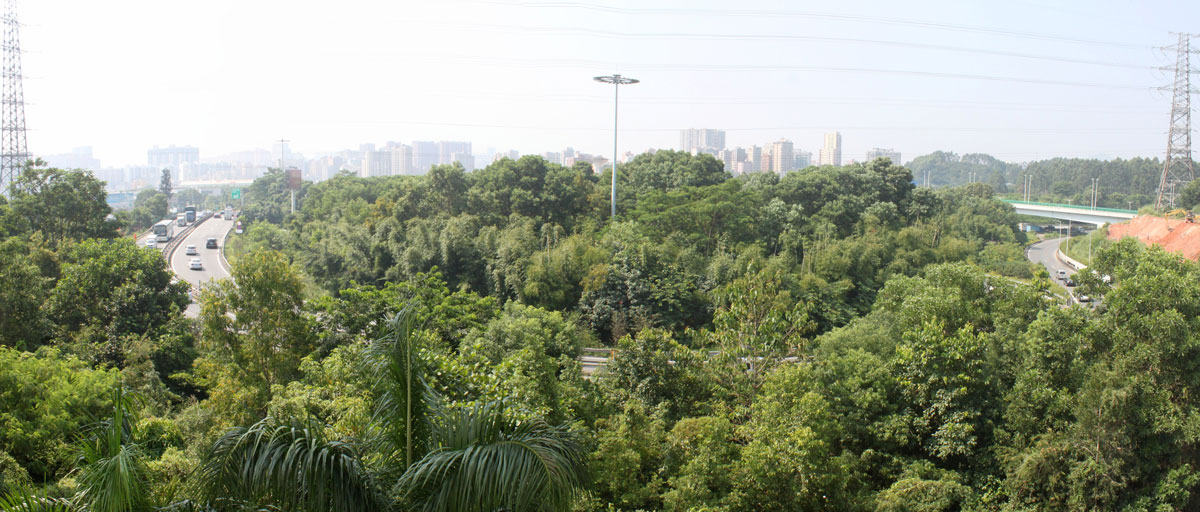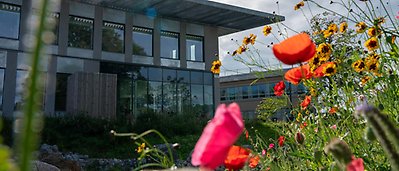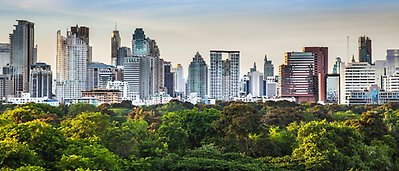A stand of trees does not a forest make: Tree plantations and forest transitions
Summary
Global afforestation and reforestation incentive programs call for the increase in tree cover, including plantations, which supply global pulp and wood demand, energy, food, and carbon markets. Tree plantations that replace native forests, cultivated agriculture, or previously cleared land are essentially commodity crops, with global market drivers, and do not provide the same ecosystem services as native forests. Nonetheless, they are counted as "forest" by global programs. We test whether 1) the forest transitions framework (FTF), which typically explains reforestation, adequately describes the socio-economic drivers of plantation establishment and 2) descriptions of the effects of land cover change on ecological processes are obscured when tree plantation and native forest classes are aggregated. We used longitudinal multi-temporal satellite imagery (1985-2001) to map and analyze plantation systems across a 35,853 km2 area in southern Chile at the plantation frontier. As predicted by the FTF, plantations were established in foothills of predominantly agricultural watersheds rather than in watersheds dominated by native forests or in flat, agriculturally productive areas. Half of the plantations were planted on agricultural or cleared lands that were deforested years ago. Counter to predictions of the FTF, the other half of the plantations replaced native forests. Tree plantations were not associated with rural population loss; instead their establishment was related to the amount of potential usable land. We find that when native forests and tree plantation classes are disaggregated, land in coastal catchments that were converted to tree plantation is related to lower quality nearshore resources; analyses that aggregate plantations with native forests obscure this effect.







